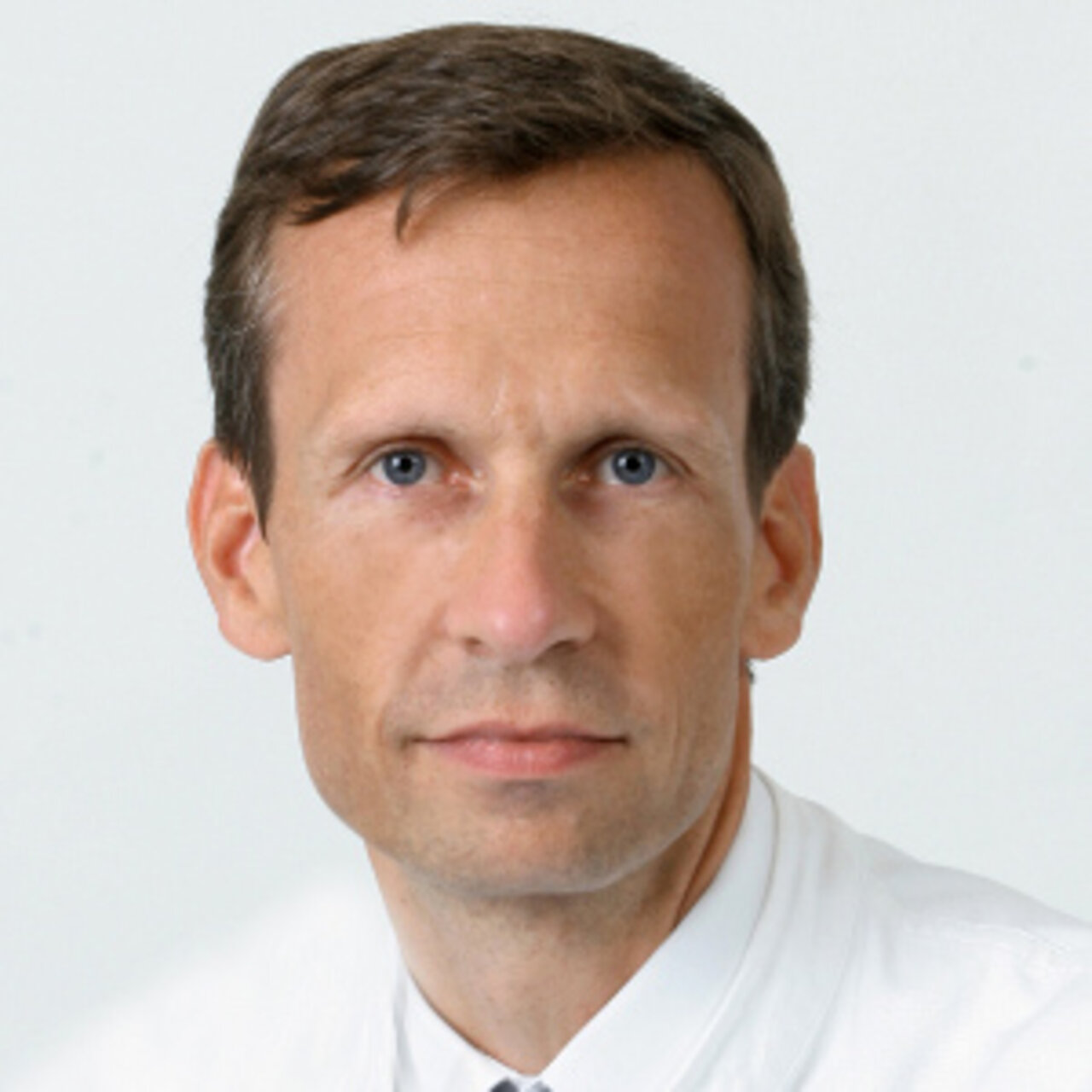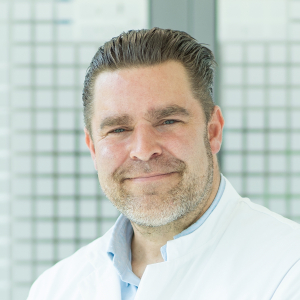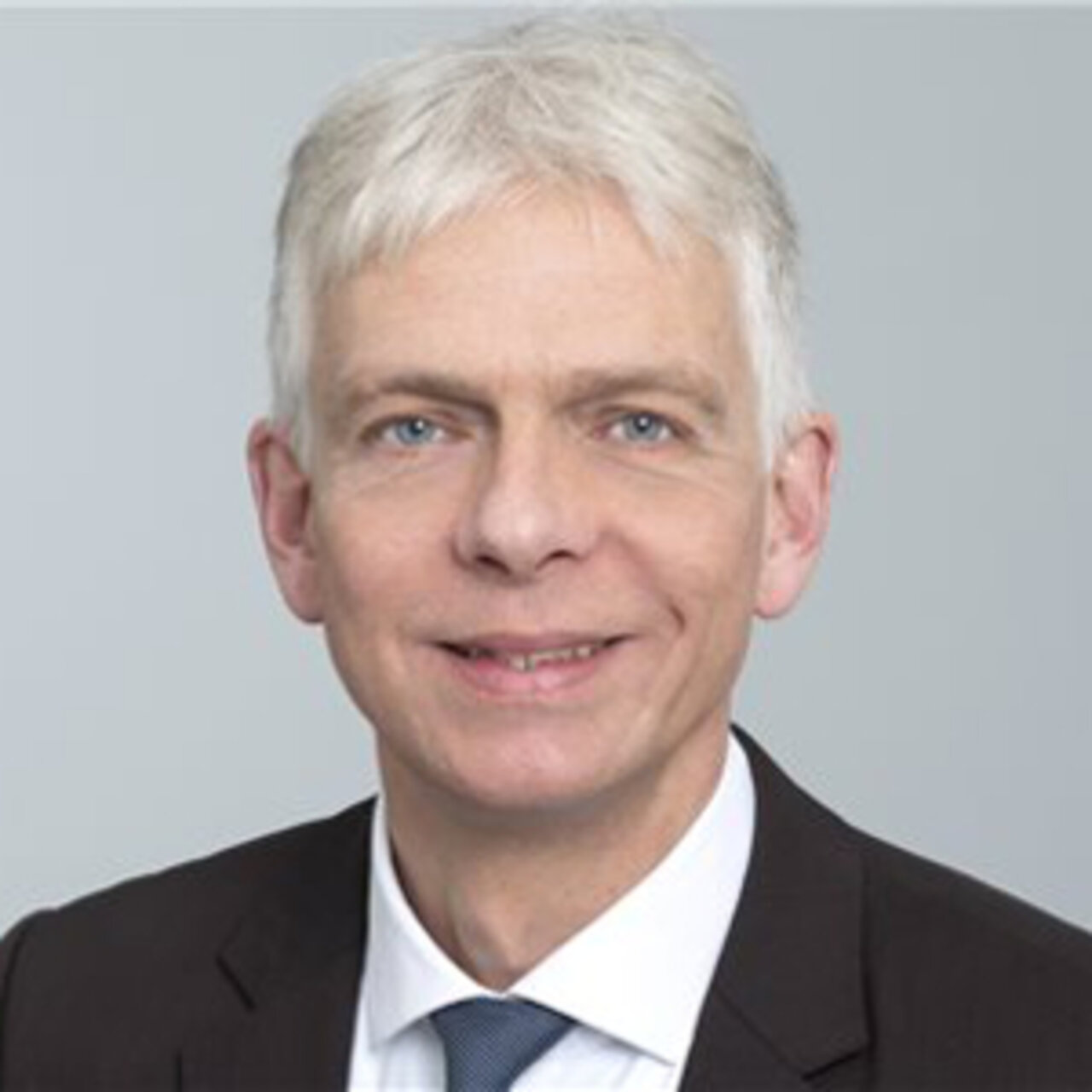Specialists in Zenker diverticulum
3 Specialists found
Information About the Field of Zenker diverticulum
What is a Zenker diverticulum?
An outpouching of the throat wall towards the spinal column is called a Zenker diverticulum. It is classified as a pseudodiverticulum, a condition in which not all wall layers are involved, but only the mucosa and the underlying submucosa bulge outward through a hole in the muscle layer.
Along the back wall of the lower throat, right before the junction to the esophagus, lies a muscular weak point called the Killian`s triangle. If mucosa protrudes at this point, it is referred to as a Zenker's diverticulum. This condition usually occurs after the age of 50.
What are the causes?
Zenker diverticula occur if there is a disproportionally large pressure in the lower pharynx compared to its wall thickness.
This may have various causes:
- excessively high muscle tone of the cricopharyngeus muscle (muscle of the posterior pharyngeal wall)
Motility disorders of the esophagus, for instance due to achalasia or spasms of the esophagus
Obstruction of the esophagus due to tumors or strictures
- Dysregulated swallowing reflex
Weakness of the muscular wall, such as in the case of systemic sclerosis or iatrogenic (after esophagus surgery, or injury to the pharyngeal wall, such as during a gastroscopy)
Typical symptoms of Zenker's diverticulum
The symptoms associated with Zenker's diverticulum evolve gradually as the size of the defect increases.
Initially, patients commonly experience a rough sensation in the throat and trouble swallowing. Once the diverticulum becomes larger, bits of food can get trapped in it, resulting in a foreign body sensation and foul breath. Pressure in the upper chest, weight loss and malnutrition are also possible. When ingesting food, patients may have a cough reflex, and when drinking liquids, they may produce gurgling sounds.
As a result, some patients avoid having meals in company. Together with the severely bad breath, this may have severe social consequences.
Especially during sleep, undigested bits of food are regurgitated up from the diverticulum. Patients often only notice this by food finding food remnants on their pillow. However, it may also enter the trachea, resulting in severe coughing, pneumonia and, in the worst case, suffocation. Other potential complications include inflammation, bleeding, or perforation of the diverticulum. Connections between the diverticulm and the trachea can develop, which are known as fistulas. In addition, diverticular carcinomas, special tumors, can occur.
How do specialists make the diagnosis?
Clues pointing to a Zenker diverticulum are obtained from the patient's medical history and physical examination. Sometimes very large diverticula can be seen or felt as a swelling on the side of the neck. The diagnosis is established using a special x-ray examination.
For this barium swollow test, the patient is asked to swallow a contrast medium, which is visible as a white color on the X-ray image. If there is a Zenker diverticulum, it will fill with contrast medium during the swallowing process, and together with the esophagus it can be seen as a white-colored structure on the back wall of the lower throat.
In case the diverticulum is perforated, this can also be identified in the X-ray image, since contrast medium will then leak into the surrounding tissue in streaks. For this reason, a water-soluble contrast medium is always given if perforation is suspected.
A variety of additional examinations may be necessary to identify the cause of the condition.
Videofluoroscopy is similar to the X-ray barium swallow. Rather than just recording one image, however, the entire act of swallowing is videotaped to rule out motility disorders of the esophagus.
During esophageal manometry, a thin catheter is introduced through the nose into the lower esophagus or stomach. The catheter is then slowly retracted, and pressures throughout the esophagus are recorded while the patient is asked to swallow repeatedly. This examination can determine whether the pressure in the esophagus is elevated.
Zenker diverticulum surgery: procedure
An operation is necessary to treat a Zenker diverticulum. It can be performed by open surgery or endoscopically. Both interventions are performed under general anesthesia. The appropriate approach for each individual case is dependent on anatomical conditions and associated diseases, among other factors.
- Open resection
This method involves creating a small incision on the side of the neck and locating the diverticulum. By employing a stapler - an instrument capable of cutting tissue and closing the resulting wound edges with a suture at the same time - the Zenker diverticulum is resected.
Furthermore, to normalize the increased pressure in the esophagus and lower pharynx, which is often the cause, the cricothyroid muscle can be split vertically over a distance of 3-5cm. This does not entail opening the mucosa of the pharynx.
Endoscopically assisted diverticuloesophagostomy
In contrast to open resection, no skin incision is required, which means that there will be no scar left behind. A spatula and an endoscope are inserted through the mouth to expose the opening to the diverticulum. Then, using a stapler which is also inserted through the mouth, the wall between the diverticular sac and the pharynx is opened. Since this is the location of the cricothyroid muscle, it will be split as well. This means that the diverticulum is not removed, but rather established as the new back wall of the pharynx and therefore no longer hinders the passage of food.
Prognosis, course & healing
Left untreated, a Zenker diverticulum will not resolve on its own. Both open resection and endoscopically assisted diverticuloesophagostomy offer very good success rates. Once the cause is found and treated, recurrences are very rare.
On the day after the operation, patients are only allowed to drink water in sips. An X-ray examination with contrast medium is performed once again to control the result of the operation. During the following days, the patient is put on a special diet. Generally, patients can return to work after one week. For a while, however, patients should continue to eat multiple smaller meals and avoid hot and spicy foods.
In most cases, absorbable stitches are used for the operation so that they do not have to be removed later on.
Which doctors & clinics are specialists for a Zenker diverticulum?
A Zenker diverticulum can be found at the junction of the pharynx and the esophagus and as such represents an interface between otorhinolaryngology and visceral surgery.
TYour GP may suspect a Zenker diverticulum on the basis of the patient's history and physical examination. But since an X-ray examination is necessary for diagnosis and surgery is the only curative treatment option, patients should be referred to a specialized clinic with adequate experience in the treatment of Zenker diverticulum.
Quellen:


